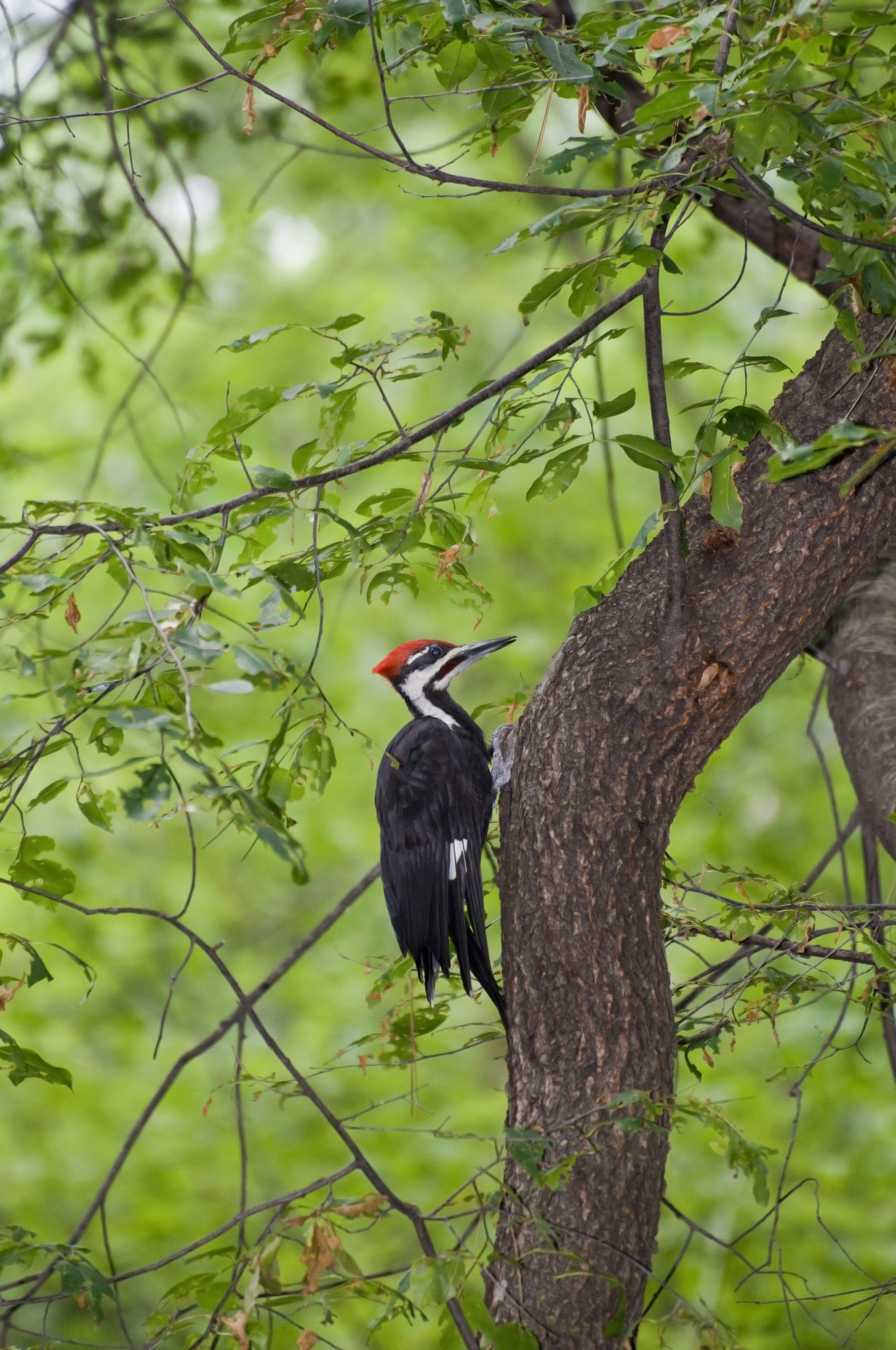O.Henry Ending
The Short Cut
Shorn but not forgotten
By Cynthia Adams
In the flush of youth, Don loved having his thick hair tugged and pulled whenever watching one of his educational TV programs. As the narrator droned on about the mating habits of sloths (sloth foreplay alone could fill an entire program), I admired his mane’s manly thickness. Mr. Burgess, his barber, actually thinned it.
Don was a regular, returning with a G.I. Joe haircut and tales of Mr. Burgess and his investments. The Burgess portfolio was a thing to marvel over when you are young and have only a full head of hair in the credit column. Then, Mr. Burgess hit 100 and closed shop.
Don was accustomed to sitting in the company of unhurried men who let stories fall out of their mouths as clipped hair fell around their draped shoulders. He and his fine head of hair were adrift after Mr. Burgess hung up his clippers.
The only thing to do was to patronize a walk-in shop. Don grew experimental, gradually letting his hair grow out when a persuasive female barber convinced him it was more stylish. Stylish was a new possibility! Then Don snagged an interview with a conservative firm. He purchased an interview suit, tie, shirt and wing-tips and returned to the single stylist he trusted. But she was vacationing.
He shrugged, deciding to fly unshorn to the interview early Monday morning. As Don polished his CV, I fretted that he would look unpolished. I got to thinking. We had recently bought clippers and plunged into grooming our mutts. Admittedly, our dogs looked a bit off. Mottled skin shone through unfortunate places on their ears, rumps, tails and legs. Both had wriggled and protested throughout.
But humans sat still.
I eyed Don’s hair, deciding I could not allow him to go off on this job interview looking shaggy. He relented, and perched tensely on the bathroom toilet seat.
“Just a little overall,” he cautioned, as I aimed the razor attachment on the clippers at Don’s forehead. The razor thrummed against my palm, ticklish and heavy. A two-by-two-inch swatch revealed pinkish white skin behind the razor’s trajectory. A fat swatch of black hair fell to the floor before I jerked the razor back. “Hunh!” I said, my heart galloping.
Don’s eyebrows flew up. “What did you do?!” he shouted, rising up.
“Sit back down,” I reproached. “You would never jump up like that if Mr. Burgess was giving you a cut.”
Don had the beginnings of a reverse Mohawk.
“It’s just a little short. For you.” (It was short by anyone’s standards, unless, say, you were a skinhead.)
“How short?!”
“A little shorter than Mr. Burgess cuts it.”
At that, Don vaulted off the toilet seat. “Oh. My. God,” he uttered. My hand began shaking, but not from the vibrating razor. When something goes tragically wrong I am prone to laugh. He touched his scalp tentatively. “Wait, let me fix it! Something is wrong with this razor! It’s just the first base line cut,” I protested. “This thing didn’t cut that close with the dogs,” I argued— the only true thing I said that Sunday afternoon.
Don rounded on me, snatching the razor. “You turned it the wrong way! You turned it downward to shave and shaved a strip of hair in the very middle of my forehead!” The gash atop his forehead now matched the spreading pink of his face.
“But I like it,” I lied instantly. What a fantastic lie this was.
He scowled.
“You could wear a hat!”
“To a job interview? Seriously?” Don was apoplectic. We discussed barber options on a late Sunday afternoon. I sprinted to find the phone book. Only one salon was open.
Cowardly and embarrassed, I waited in the car as Don went inside. He returned unrecognizable. His fine, thick hair was now a few centimeters long. What would the interviewer think? That Don had head lice? That he was sporting gansta chic?
So I lied again. “I love it!” I exclaimed. Don glowered.
On Monday morning, Don wore his new suit, crisp shirt and Windsor-knotted tie as he departed for the Big Deal Interview. But he looked twenty years older with no hair. His “I’m game!” gait was off. But when he returned on Tuesday, a smile wreathed his face as he dropped his bags.
“No big deal,” Don said. “I don’t think I’m actually a very good fit for that place.” He did not say the obvious: I had undercut him. Short cut him.
Could I ever make this up to him?
Fifteen years passed. Don eventually developed his father’s receding hairline in the very place where I permanently scared his follicles to death. He isn’t bald, but his hair is no longer dark nor lush. Of late, though, he has been growing it a bit. Last Sunday, I eyed him as he shaved.
“I could even that up, just a little,” I ventured, touching his graying sideburns.
“No,” Don flatly replied.
“Just with scissors,” I added.
“Noooooooooooo. Nope. Never.” Don repeated.
“Well, that was an unfortunate thing about the razor,” I mumbled; a final, stupefying lie.
“You know,” Don added, kindly searching my face, “I was wrong for that job. I wouldn’t have liked it.”
But we both understood, standing inside the sweet silence filling the bathroom, that sometimes half-truths are the only way to Super Glue a relationship back to the sticking place.
And we smiled.


